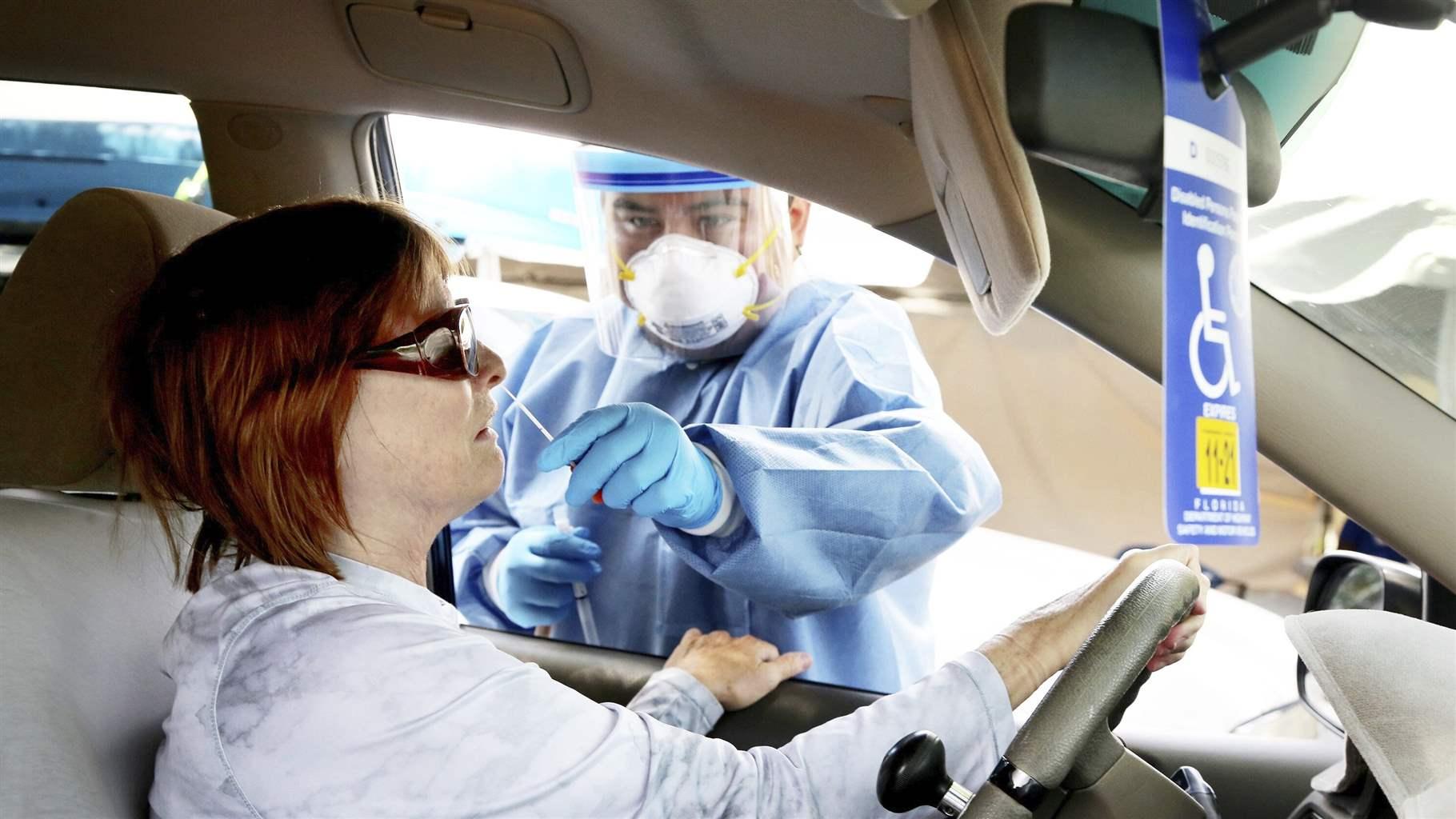(Source: PEW)
New funding to boost Medicaid providers during the coronavirus pandemic will leave out the nation’s 1,400 community health centers, which serve more than 29 million low-income patients.
Community health centers operate on low margins at the best of times, and during the pandemic have had to furlough or lay off staff as revenue plummets. Many health centers have closed branches during the health emergency.
But federal funding rules exclude health centers from the new aid, even though 1 in 5 Medicaid beneficiaries and people without health insurance receive care at health centers, according to the National Association of Community Health Centers.
“We are not asking for a blank check, but rather to be treated and recognized in the same way as other safety net providers,” said Tom Van Coverden, president of the association.
Initially, the U.S. Department of Health and Human Services distributed money primarily to hospitals treating COVID-19 patients, rural health care providers, skilled nursing centers and those treating patients on Medicare, the federal health plan for seniors.
Missing, however, were those providing health care to Medicaid beneficiaries, a low-income population.
Earlier this month, the Trump administration addressed that lapse, announcing that it would distribute $15 billion to Medicaid providers and those treating patients in Medicaid’s sister program, the Children’s Health Insurance Program. It also sent $10 billion to safety net hospitals and $10 billion to hospitals in COVID-19 hot spots. The Health Department explained that those providers serve vulnerable populations and operate on low profit margins.
While that is also true of community health centers, those centers and many other Medicaid providers mostly will miss out on the new money.
That’s because of a quirk in the administration’s rules that ban certain payments to providers who serve both Medicare and Medicaid patients, particularly those with higher shares of the latter.
Health Department rules prohibit providers who have received Provider Relief Funds on the basis of their Medicare clientele from receiving additional money, even if a far greater portion of their patients are Medicaid beneficiaries.
That is the case for community health centers. According to the community health center association, 48% of the patients treated at community health centers are on Medicaid, compared with 10% on Medicare. The association said health centers have received Payment Relief Funds equal to about 2% of patient revenue.
Meanwhile, having shut down many of their services, most notably dental care, health centers nationally have seen patient visits decline by more than 30%, representing a steep loss in income.
About Orb Health
Care Management as a Service™ rapidly provides EMR-connected remote contact centers as a scalable virtual extension of the practice to deliver cross-practice scheduling and care management programs as a guided service without adding staff, apps, or infrastructure.
